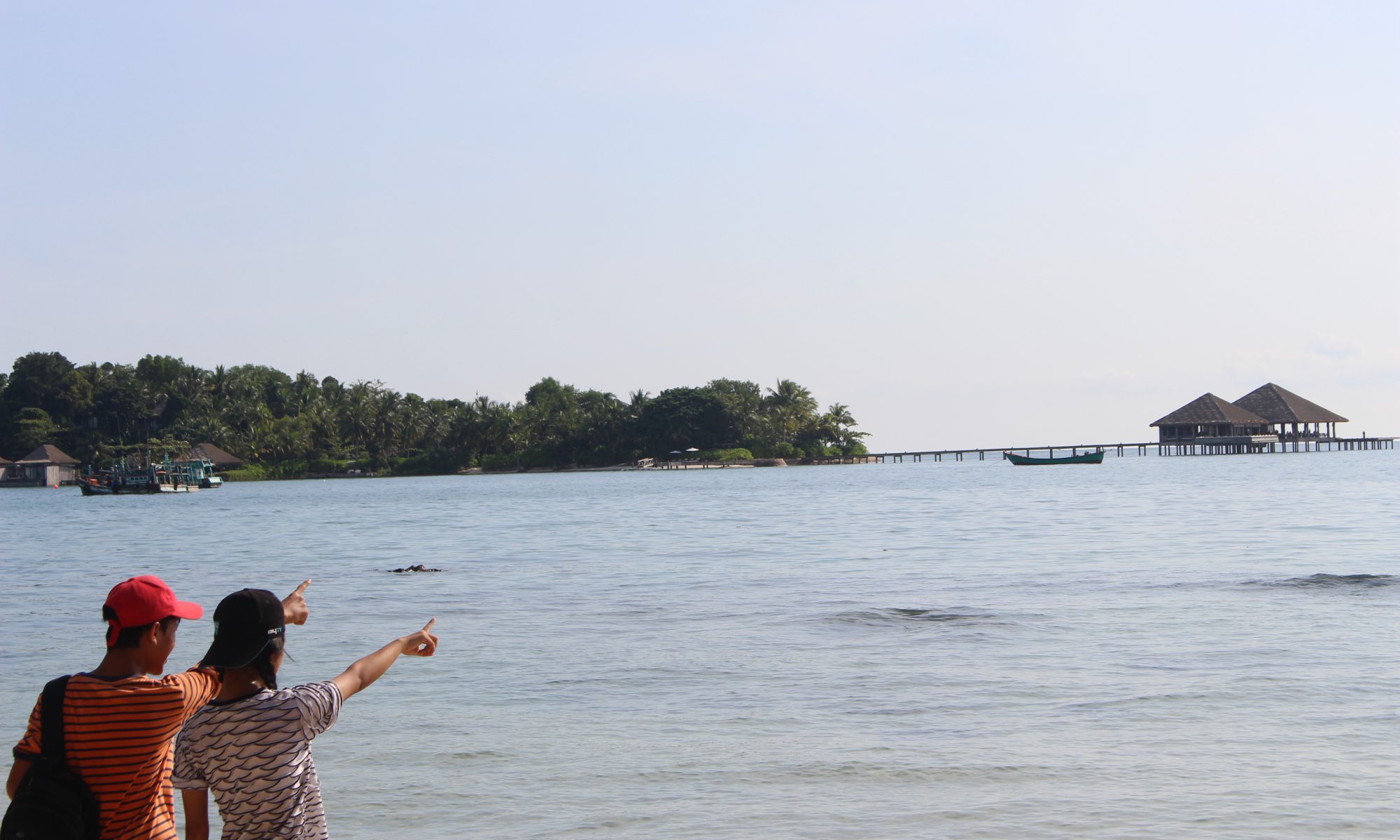Name of Course: Anatomy 1
Learning Facilitator: Jo
Number of Students: 12 students
Days We meet: August 12 – October 17
Course Description: In this Advanced Enrichment we learned about body. Our bodies have four systems: Skeletal system (bones), Digestive system (stomach), Respiratory system (lungs), Circulatory system (heart). We watched the video about people’s bodies. The digestive system is the system that help to break down the food and take the nutrients from the food and take the waste out of body. Digestive system is very important for our body because it helpsyou to break down the food into small pieces. The skeletal system is also important in our body because if you break the bones you will have a big problem. You have to go to the hospital and tell the doctor what is the problem. We also did the presentation for people to listen because we want people to take care of their health. In our group we shared into four teams and one team had three people. We had to share our position in the group: one was patient and two were nurses and doctors. We presented four things and they wereSkeletal system, Digestive system, Respiratory system and Circulatory system. People usedsome clothes to wear when they were acting. We watched the videos and read the books to find information.
